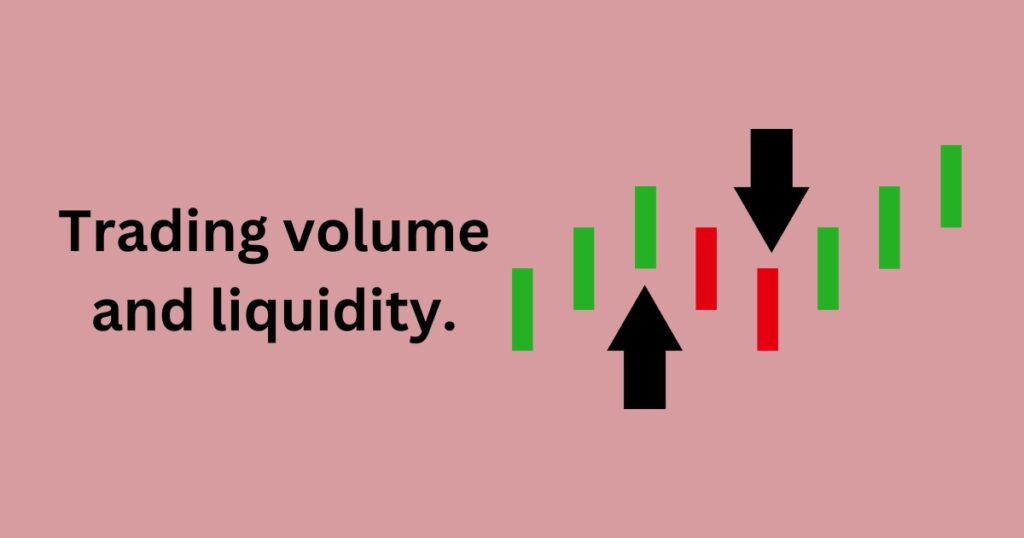The Determinants of Crypto Prices.
A range of different factors can determine cryptocurrency prices such as Bitcoin, Ethereum and other tokens. This is important to know if you are a seasoned or novice investor in the crypto space. So, to demystify this topic, an in-depth and non-nuanced explanation touches upon everything that moves the value of a digital currency.
Market Supply and Demand.
Essentially, the price of any cryptocurrency is based on supply and demand principles. As per the basic tenet of economics–when demand for an asset rises, and supply remains constant, price increases. Alternatively, if it falls or is affected by an increase in supply, its value will usually decrease. This is most obvious in the case of cryptocurrencies, such as Bitcoin and its total supply limit of 21 million coins. With this scarce supply, it can cause major price increases whenever the demand for Bitcoin rises. If inflationary or for those with a high supply, like Ethereum — the same does not pertain to Bitcoin because each annual cycle is only 50% of the number from two cycles away. I hope that made sense!
Market Sentiment and News.
Cryptocurrency prices: the impact of market sentiment Market sentiment and investor behavior can be significantly impacted by news, regardless of being positive or negative. News such as regulatory updates, technological changes or major endorsements can push prices up In contrast, bad news–like security breaches or regulatory crackdowns can spark a price slip. It is known that powerful vehicles that have an impact on these changes are social media and news outlets, which means it becomes necessary for a person trading or investing in the market space today to keep one step ahead of what can be heard.

Trading volume and liquidity.
Another critical factor determining the price of a cryptocurrency is dual volume — it measures how many coins are traded at any given time. A high trading volume usually signals broad market interest, which can ensure more stable prices. Conversely, low or no trading volumes lead to high price volatility since it takes only a small trade to cause the big jumps. Liquidity makes it possible for an asset to be immediately purchased or sold without affecting its price. Liquidity, as a property of any asset, including cryptocurrencies, refers to the ability to buy or sell it with minimal loss in price.
Market Manipulation.
That is a worrying trend in crypto-space because it has traditionally been young but largely unregulated. These are often manipulative practices, where prices can be artificially inflated by the so-called “pump and dump” schemes that attract investors to pile in at a high price point only for it all to be sold off cheaply by the same people who orchestrated it. While regulators are taking a closer look at these practices, they continue to influence pricing.
Regulation and Legal Environment.
These operations can have a dramatic effect on the price of blockchain tokens. Digital currencies remain on a regulatory rollercoaster, governments and financial authorities worldwide trying to make sense of what no-one had imagined just five years ago. A decision to approve a cryptocurrency ETF or move ahead with favorable regulations can lead the market higher on increased investor optimism. By contrast, harsh regulatory restrictions or even bans in core markets can quickly result in significant collapses. Regulatory change is something that investors need to consider and wary of as it can influence the markets.
Advances in Technology.
In addition to the aforementioned factors, cryptocurrency prices are also influenced by technological advancements and updates of blockchain protocols. For example, upgrades designed to make a cryptocurrency more scalable or secure can cause its price to spike if they address problems that had been limiting the asset’s potential expansion previously. On the other hand, if there are technological dependencies or problems that automate future releases late and do not go as well as expected, there is an almost certainty of a price decrease. Also, new technologies within the crypto space like DeFi and NFTs certainly have an influence on market trends as well as prices.
Market depth aspect & Order books.
Market Depth: this is the buy and sell interest in a cryptocurrency at different price levels as you can see it via an order book. Practice your forex strategy with a Mock Live Trading {0} order book that allows traders to execute the transactions using historical data. A deep market, with a lot of buy and sell orders on different levels are more stable in value. Low-volume markets characterized by a small number of transactions can cause prices to become very hot and cold, as large trade orders will drive the price disproportionately upwards or downwards.
Investor Behavior & Speculation.
Such higher crypto prices are driven more by investor behavior and speculative trading. Speculative buying and selling are driven by the potential for high returns, which has attracted a slew of investors to invest in virtual currencies. This behavior can lead to price bubbles, where prices go up tremendously because of mere speculation and hype for no rational reason for a long time until the bubble bursts. Knowledge of the psychology of investors as well how markets behave can therefore be useful to discover potential incentives for price action and thus make a more informed decision in terms of investment.
Global Economic Factors.
Additionally, prices can also be related to global economic health. As a hedge against traditional financial systems — economic instability coupled with inflation, and debasement of currency might lead some investors to cryptocurrencies. On the other hand, economic performance and stability in legacy markets can translate to reduced interest towards digital assets. The tendency to view cryptocurrencies as a store of value and hedging tool makes investors take into account the economic crisis in their Countries.

Network Effects & Adoption.
Adoption level, network effects: the higher they are in a cryptocurrency universe, the lesser price will be oscillating. In general, the more people contribute and use a cryptocurrency coin or token (more accurately), the higher its value. Bitcoin, for instance as the first and arguably most well-known cryptocurrency has achieved network effects but it does not benefit from mainstream adoption to the same extent seen with Asset X making Bitcoin much more expensive than closely related coins that are only slightly less established. The rising demand is well, simply because cryptocurrencies are merely further used by many companies and people to provide different services (possible) as the impact it may have on their financial returns.
Conclusion.
The valuation of a cryptocurrency is complex, considering market dynamics such as supply and demand trends, investor sentiments, trading volumes besides regulatory forces. Every single factor also plays a role in the web of influences that defines cryptocurrency valuations. This post explains the basics of Defi risk to get a better understanding of future decisions and make your way through this world that changes so fast. Savy detrimental merchant or fresh faced exploited n00b, traditionally nimble and suspicious is the way to go when assessing your cryptocurrencies [dare I say], with extra caution.

